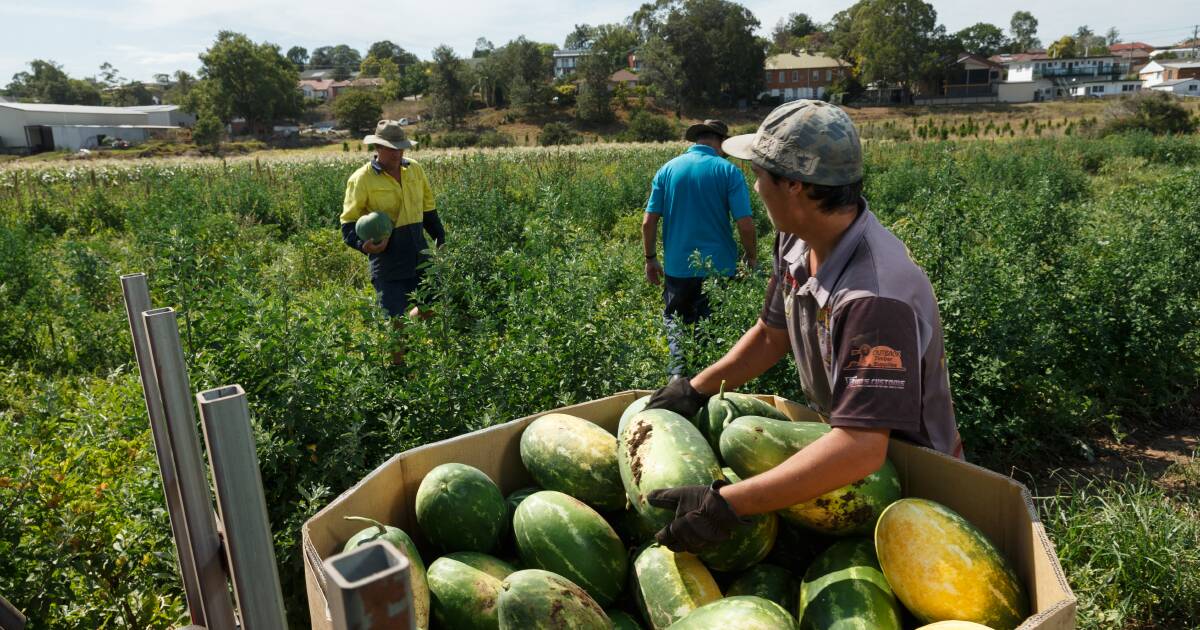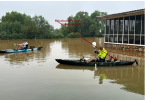Nat Buchanan – A Forgotten Legend – at Walcha, northern New South Wales and Newcastle Waters in the Northern Territory
Buried in the Walcha General Cemetery, and signposted as you enter the town, is Nat Buchanan – as close to a genuine legend as this country ever produced. He was the great “Overlander” – a man with an uncanny sense of direction and finely honed bush skills, who opened up western Queensland to European settlement and drove cattle across from Queensland into the Northern Territory and the Kimberley region of Western Australia.
Look at the achievements: “the first European to cross the Barkly Tablelands from east to west, and first to take a large herd of breeding cattle from Queensland to the Top End of the Northern Territory. Nat created a droving record when he supervised the movement of 20,000 head of cattle over this route. He established the first station in the Victoria River District of the Northern Territory - Wave Hill.
"Other firsts - cattle to the East Kimberley in West Australia, to stock Ord River Downs; to cross the Murranji country with men and stock; to take cattle overland for the East Kimberley District to the Murchison River in WA; first European to cross the Tanami Desert from Tennant Creek in the NT to Sturt Creek in WA.”
I love the claim by the Bulletin on 9 July 1881 that “he perhaps helped to settle more new country than any other man in Australia”.
Nat Buchanan really was one of the legends of the Australian bush during the late 19th century. Here is an abridged version of his entry in the Australian Dictionary of Biography:
Nathaniel (Nat) Buchanan (1826-1901), pastoralist and explorer, was born near Dublin. He arrived in Sydney in January 1837 and the family settled at Rimbanda in New England in 1839.
In 1859 he joined the explorer, William Landsborough, and they set out from Rockhampton to look for grazing land. In 1860 they reached their promised land: 1500 sq. miles (3885 km²) on the Thomson River. They secured it in 1863 when Nat was sent as first manager and partner in the Landsborough River Co. to pioneer Bowen Downs station. A few months earlier he had led a group of men to blaze a stock route from Port Denison (Bowen) to the runs, three hundred miles (483 km) inland.
Nat continued to make excursions into the country north and west of Bowen Downs. His reputation as a bushman was already established and his sense of direction and locality was unrivalled, but he left no account of his journeys and hardly more of his activities as manager of Bowen Downs.
Nat was caught up in the renewed optimism of the 1870s when a run of good seasons sent pastoralists into the far western fringes of Queensland. As an experienced explorer and drover in the area west of the Georgina, Nat was given contracts to pilot cattle from Burketown to the head of that river. In 1877 he and Sam Croker left Rocklands station to cross the Barkly Tableland and ride on to the Overland Telegraph Line. Nat's next trip in 1878 was the famed first stocking of Glencoe station in the Northern Territory: 1200 cattle from Aramac in Queensland to the Adelaide River with no predefined route and no settlement for a thousand miles (1609 km).
The overlanders of the 1880s followed Nat's route from Burketown to the McArthur River, to the Roper and on to Katherine. Nat himself retraced his steps to Glencoe with 20,000 cattle for Charles Fisher in 1880.
He was first to take cattle into the Kimberley, crossing the Victoria River country with 4000 head to stock the Ord River station in 1883. This was the route used by gold seekers flocking to the Kimberley fields in 1886.
Nat and the Gordon brothers took up Wave Hill on the Victoria River in 1883, one of the first stations established west of the Telegraph Line, in rich but remote cattle country; their nearest neighbour was two hundred miles (321 km) away.
At 70 he made his last big expedition, exploring land between Tennant's Creek and Sturt Creek in an effort to find a route from the Barkly Tableland to Western Australia.
Nat made other shorter trips, searching for mica east of Tanami and exploring south of Hooker's Creek until in 1899, acting on doctor's orders to leave the area, he bought Kenmuir, a farm on Dungowan Creek near Tamworth. There twenty-five acres (10 ha) of lucerne kept him active until he died on 23 September 1901, survived by his wife and son.
Nat became a legend well before his death, for his feats of droving, his bushcraft and especially his peculiar powers of observation … Although, as claimed by the Bulletin, 9 July 1881, he perhaps helped to settle more new country than any other man in Australia, he died with almost none in his possession.
Check out Newcastle Waters -
https://www.aussietowns.com.au/town/newcastle-waters-nt for more information about this remarkable Australian.

AUSSIETOWNS.COM.AU
Newcastle Waters, NT - Aussie Towns




